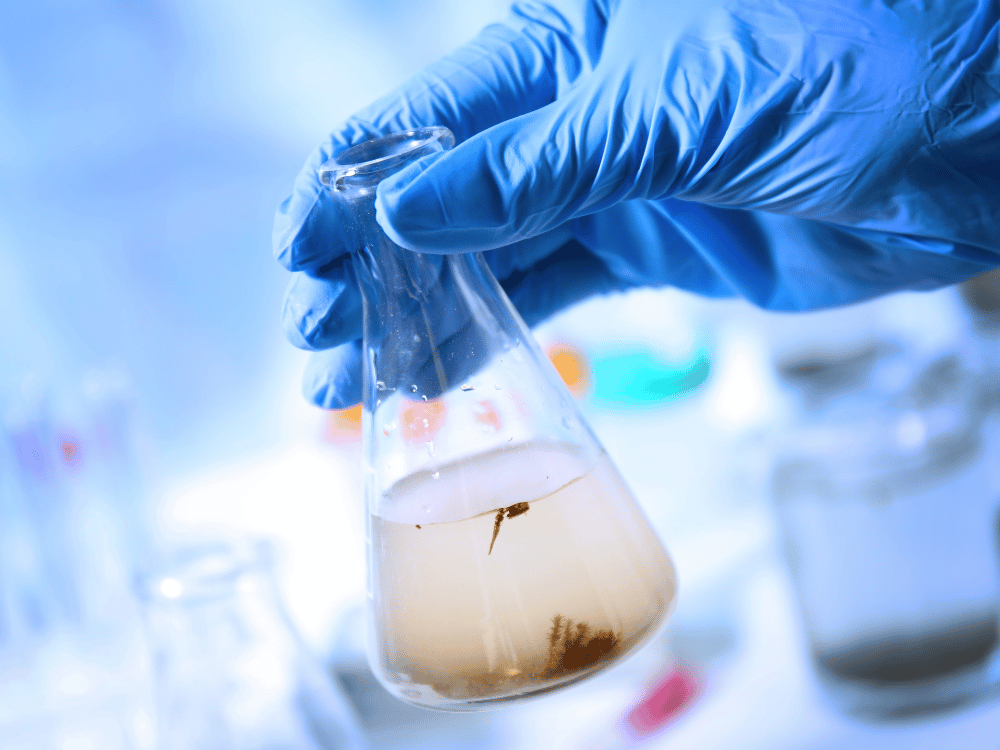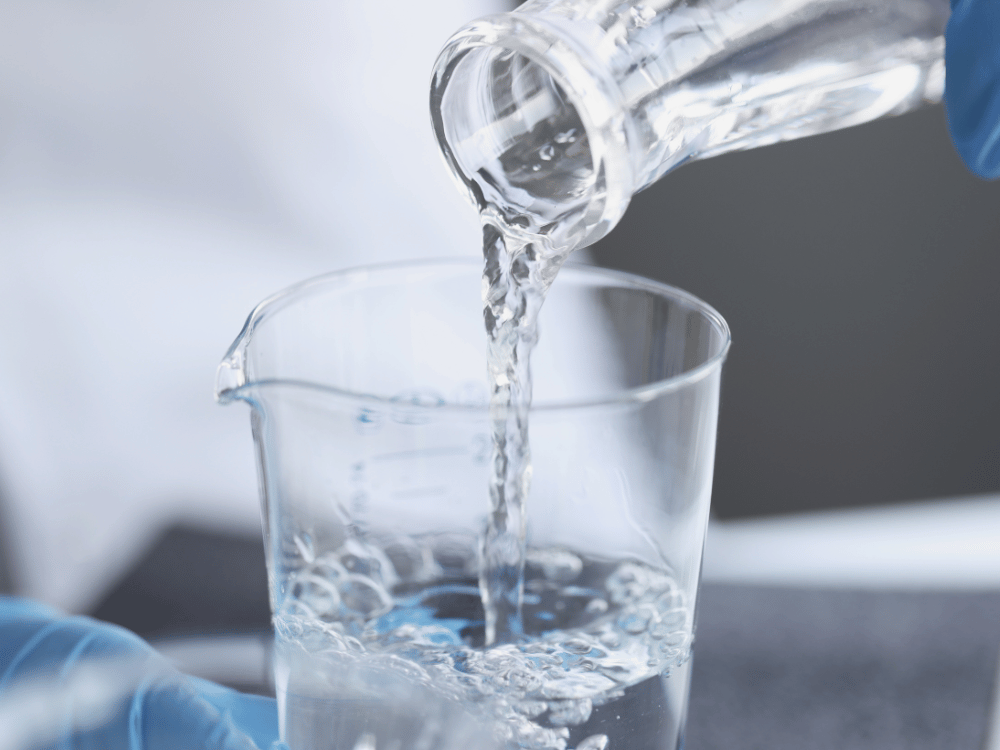Water pollution, particularly PFAS contamination, is a pressing environmental and public health issue in the United States. This problem is exacerbated by various human activities such as mining, agriculture, and industrial processes. Recent research by the University of Massachusetts and Yale University highlights the significant role ephemeral streams play in this issue.
Understanding Ephemeral Streams
Ephemeral streams are intermittent water bodies that flow primarily after rainfall or snowmelt. Unlike perpetually flowing rivers, ephemeral streams are not consistently running and often fall outside the protection of current environmental regulations, such as the Clean Water Act.
Study Findings: Ephemeral Streams and Water Contamination
The research presents alarming findings: up to 50% of water pollution in the U.S. can be traced back to contaminants entering ephemeral streams. These streams act as pathways, transporting pollutants like PFAS from industrial sources into larger water bodies, eventually contaminating drinking water supplies.

The Role of PFAS in Water Pollution
PFAS, or per- and polyfluoroalkyl substances, are notorious for their persistence in the environment, earning them the nickname “forever chemicals.” Widely used in various consumer products and industrial applications, PFAS accumulate in water sources and pose significant health risks. Their widespread presence is evident in numerous U.S. tap water samples, underlining the urgent need for effective water filtration solutions.
Legal and Regulatory Issues
Despite their substantial impact, ephemeral streams are not uniformly protected under current U.S. legislation. A 2023 Supreme Court ruling excluded these streams from the jurisdiction of the Clean Water Act, leaving them vulnerable to unchecked pollution. This regulatory gap poses a significant threat to local communities and ecosystems.
Environmental and Health Implications
Water pollution from ephemeral streams has far-reaching consequences for human health, aquatic life, and ecosystems. Contaminants can bioaccumulate in fish and other aquatic organisms, leading to long-term health risks for wildlife and humans relying on these water sources.
Addressing the Challenge with Water Filtration
To mitigate the impact of ephemeral streams on water pollution, comprehensive regulatory measures are essential. One effective approach is the adoption of advanced water filtration systems, such as reverse osmosis (RO) technology.

Introducing the Life Sciences™ Reverse Osmosis Alkaline Water Purifying Generator
The Life Sciences™ Reverse Osmosis Alkaline Water Purifying Generator is a state-of-the-art system that revolutionizes water purification. This premium-quality, tankless device removes up to 98% of contaminants, delivering mineralized alkaline water with over 40 scientifically proven health benefits.
Five Specialized Filters for Superior Filtration
This advanced system includes five specialized filters that remove chlorine byproducts and heavy metals while adjusting the water’s pH to a basic level of up to 8 to 9. With a lifetime warranty, the system also comes with a bonus Borosilicate Glass Water Pitcher with Infuser, featuring the powerful “Flower of Life” ancient sacred geometry symbol.

Removing PFAS Contaminants
The Life Sciences™ RO Alkaline Water System goes beyond basic filtration to effectively eliminate harmful PFAS from your drinking water. The advanced RO membrane ensures your water meets and exceeds regulatory purity and safety standards.
Activated Carbon Filter for PFAS Removal
The activated carbon filter plays a crucial role in removing PFAS from your drinking water. This filter uses adsorption to trap and eliminate these harmful substances, along with chlorine, volatile organic compounds (VOCs), and other contaminants. This process not only improves water taste and odor but also ensures your water is safe and free from harmful chemicals.
NSF/ANSI 42 Certification: Chlorine Reduction
Our system is certified under NSF/ANSI 42 for chlorine reduction. Chlorine, commonly used to disinfect water supplies, imparts a noticeable taste and odor. By effectively reducing chlorine levels, the RO Alkaline Water System enhances the taste and clarity of your drinking water, providing a more enjoyable and refreshing experience with every sip.
NSF/ANSI 61 Certification: Material Safety
Ensuring the safety of materials used in our products is paramount. The NSF/ANSI 61 Certification confirms that all materials in the Life Sciences™ RO Alkaline Water System meet strict safety standards for contact with drinking water. This certification underscores our commitment to using only high-quality, food-grade materials that pose no health risks, providing customers with assurance.
Conclusion
The study highlights the urgent need for regulatory reforms and proactive measures to protect U.S. water sources from contamination via ephemeral streams. By addressing these issues comprehensively, we can safeguard public health, preserve aquatic ecosystems, and ensure sustainable access to clean water for future generations.
Experience the difference with the Life Sciences™ RO Alkaline Water System and enjoy pure, refreshing hydration that enhances your well-being and supports a healthier lifestyle. For more information or to purchase, visit Life Sciences Water.
